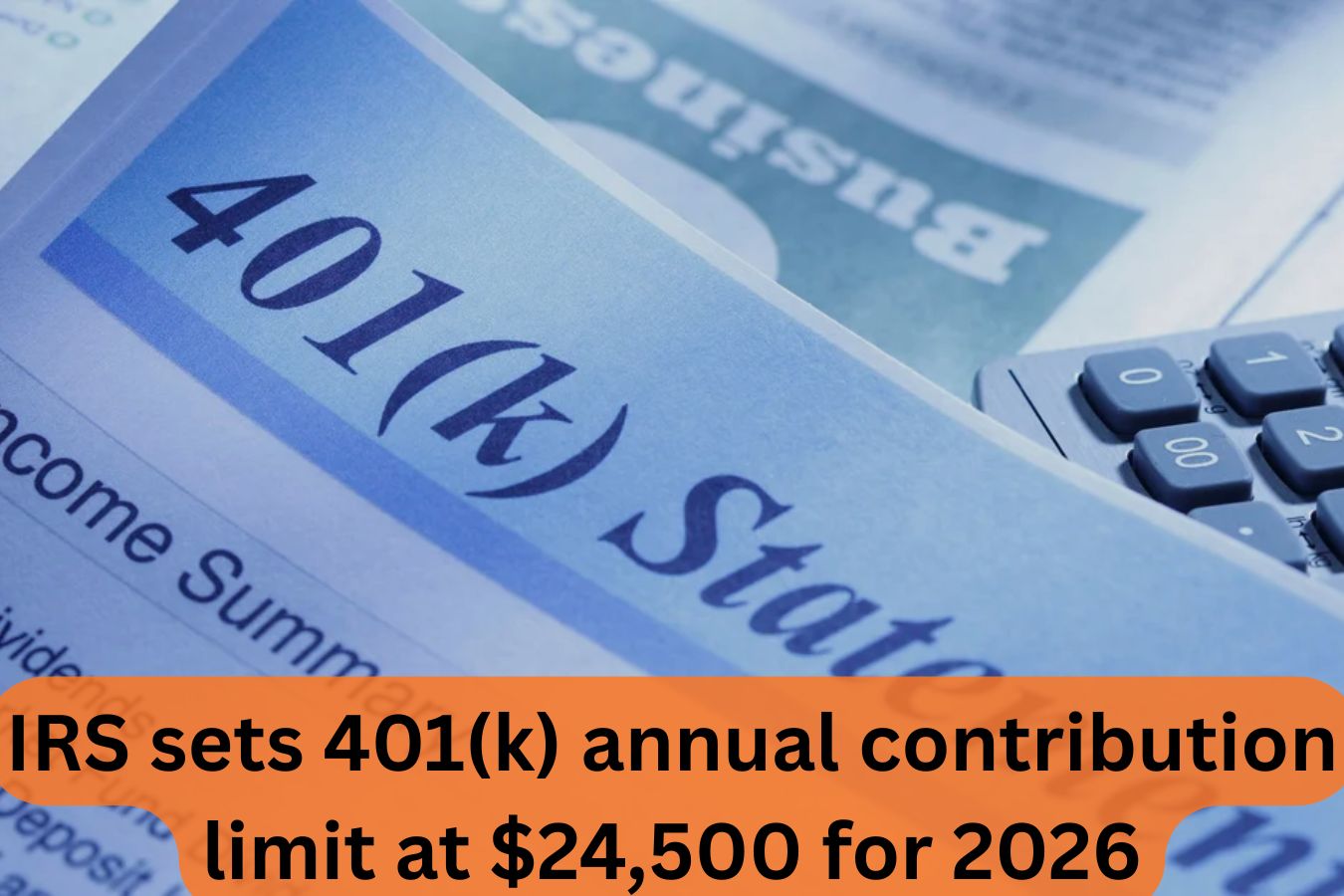In 2026, Social Security benefits will rise by 2.8 percent, which will bring an uplifting relief to millions of pensioners, disabled workers and their families who depend on these benefits. The cost-of-living adjustment (COLA) is intended to assist you in keeping up with inflation and keep the standard of your life. But, it is not without some compromises, particularly as Medicare Part B premiums are increasing sharply.
For the majority of beneficiaries who are eligible for Medicare, the net benefit is less than the overall COLA because of the higher medical costs. Knowing how these changes impact the amount of your income per month, tax and eligibility rules is crucial for planning your financial budget for 2026. This article explains all you need to know concerning how the Social Security COLA, Medicare changes and the other major updates to the coming year.
Social Security benefits to rise 2.8% in 2026
The 2.8 percent growth of Social Security benefits for 2026 is based on the increase of the Consumer Price Index for Urban Wage Earners and Clerical Workers (CPI-W) from the third quarter of 2024 until 30th of the year 2025. This increase will apply to all kinds of Social Security payments, including survivorship, disability, retirement along with Supplemental Security (SSI) benefit. If you are currently receiving the typical monthly amount of $1,015, your monthly payment will increase to around $2,071 when it comes to January 2026. If you are a couple who both receive benefits, the monthly average payment will go up from $3,120 up to $3,208. The widows and disabled workers or families who have kids are also likely to get the same percentage increase.
Although this boost can help to reduce inflation, you must keep in mind that the increase in your home-based earnings could be lower than you expected. Medicare Part B premiums are expected to increase by almost 10% by 2026, up from $185 to $202.90 every month. For the majority of beneficiaries, this cost is automatically taken out of your Social Security check, so the increase in cost will lower the amount you get. For instance, if your benefit rises by $56 however your Medicare cost increases by $17.90 the net increase is just $38 per month. This means that the COLA can help but it will not fully take care of the growing costs of healthcare.
Social Security Benefits Increase 2026 Overview
| Key Aspect | Details |
| COLA Increase | 2.8 percent rise in the each month Social Security and SSI benefits |
| Average Monthly Increase | About $56 was for the average benefit |
| Number of Beneficiaries | Around 75 million Americans are receiving payment |
| Medicare Part B Premium | Expected to rise by 9.7 percent, which will impact the net benefits increases |
| Maximum Taxable Earnings | The amount will increase from $176,100 by 2025 to $184,500 by 2026. |
| Earnings Limit (Retirement) | It was increased to $24,480 for those who are not yet at full retirement age. |
| Official Website | https://www.ssa.gov/ |

Medicare Premiums and Deductibles: What You Need to Know
Medicare Part B premiums are one of the major factors that affect the amount of your Social Security benefits in 2026. The average monthly cost will rise to $202.90 which is up by $185 from 2025. This 9.7 percent hike is the biggest in recent times and will affect almost every Medicare beneficiaries. The annual deduction in Medicare Part B will also increase up from $257, to $283. These increases are triggered by expected price changes and the increased use of medical services.
For beneficiaries with high incomes the impact can be more severe. If your adjusted gross income is greater than $109,000 (individual) and $218,000 (joint) the premium will be an income-related adjustment amount per month (IRMAA) in addition to the regular cost. The top IRMAA rate will be $689.90 each month to people with a household income of more than $500,000, or couples with a combined income of more than $750,000. That means retirees could be seeing their Medicare costs increase in the hundreds per month.
Medicare Part A the deductibles and premiums are rising. The hospital deductible for inpatients increases from $1,676 up to $1,736, while the daily coinsurance for prolonged hospital stays will increase. If you do not have more than forty quarters employment covered by Medicare the Part A cost will rise by $311 each month (reduced cost) as well as $565 per month (full price). These changes be only affecting a small proportion of beneficiaries, but are crucial to be aware of in the event that you fall into this group.
Social Security Earnings and Taxable Limits
If you’re you are receiving Social Security benefits and haven’t reached the full retirement age, The earnings test is in effect until 2026. The exempt amount, which is the maximum amount you can earn without losing benefits has been increased between $23,400 and $24,480 each year. For each $2 you earn over the limit, $1 is taken out of your monthly salary. If you reach the age of full retirement in 2026, the limit is raised to $65,160 and the tax withholding rate is reduced to $1 for each $3 over the limit. After you reach the age of full retirement there’s no limit on your earnings.
Earnings that are that are subject to Social Security tax is also increasing. In 2026, the cap will be raised from $176,100 up to $184,500. The higher-income earners will have to pay Social Security tax on more of their income, however it also raises the possibility of higher benefits in the future. In addition, the Social Security tax rate remains at 6.2 percent for employees as well as employers and an additional 1.45 percent for Medicare tax for all income.
COLA Impact on Different Types of Beneficiaries
The 2.8 percent COLA will impact everyone Social Security beneficiaries, but the impact is different based on the circumstances. Workers who are retired will see their monthly payment increase from $2,015 up to $2,071. Workers with disabilities will receive $1,586 up to $1,630 monthly. SSI recipients will receive an increase of $967 to $994 for singles and $1,450 up to $1,491 if they are married. A maximum Social Security benefit for workers who retire at the full retirement age will rise from $4,018 to $4.152 per month.
Families with children will see the rise will be higher proportionally. A widowed mom with 2 children can see their monthly benefits increase from $3,792 to $3.898. People who are disabled and have children and spouses will see their monthly benefits increase from $2,857 to $2,937 each month. These increases will help preserve the power to purchase Social Security payments for all kinds of beneficiaries.
The 2.8 percentage increase on Social Security benefits for 2026 will be a significant increase to pay for the increasing costs of living. But, it’s essential to be aware that increasing Medicare Part B premiums will lower the amount of benefit you get. Knowing about these changes can help you improve your disability or retirement income and plan your budget to be prepared. Keep a close eye on announcements from the government regarding Social Security updates early next year to find out your new benefits amounts and premium cost. These adjustments ensure that your benefits are in line with the current economic climate and inflation which will allow you to keep your financial security into 2026.
FAQ’s
Q1. When does the benefit increase of 2026 Social Security take into effect?
Your higher Social Security benefits will begin with the first payment on January 20, 2026. Supplemental Security Income (SSI) beneficiaries will receive the increased benefits beginning on the 31st of December, 2025.
Q2. What is the cost of living adjustment (COLA) for 2026?
COLA is dependent on the rise that occurred in the Consumer Price Index for Urban Wage Earners and Clerical Workers (CPI-W) from the third quarter of the previous year until in the 3rd quarter this year. In 2026, this led to the 2.8 percent increase.
Q3. What happens if everyone’s benefits are increased by precisely 2.8 percent?
The majority of beneficiaries will experience an increase of 2.8 percentage increase, however the effect will depend on other elements, including Medicare Part B premium increases and the specific amount you receive. If you are paying Medicare Part B premiums, the cost will be taken off your benefits payment.

Hi, I’m Harikesh, a content writer at cgncollege.com. I write engaging and informative articles covering the latest news, India, and global updates. My goal is to keep readers informed with accurate and insightful stories from around the world.






